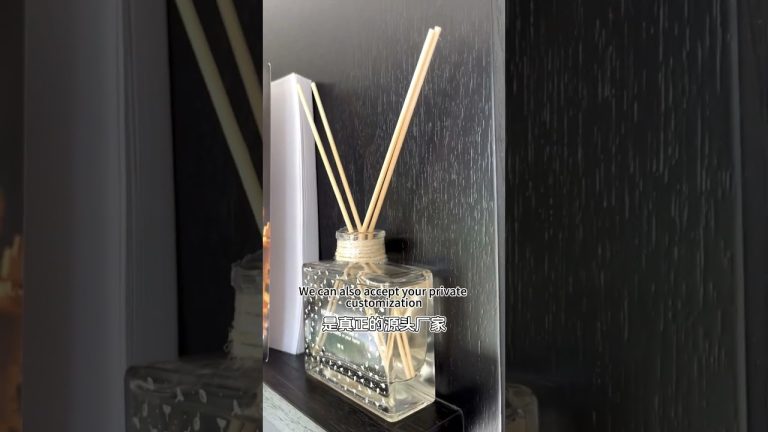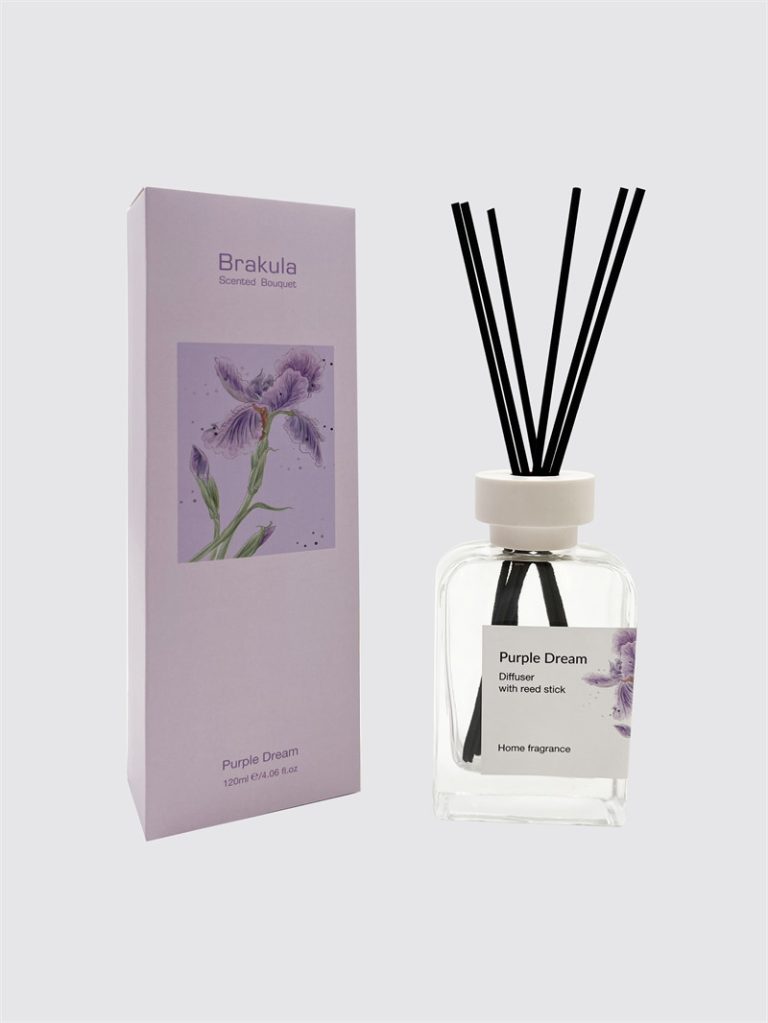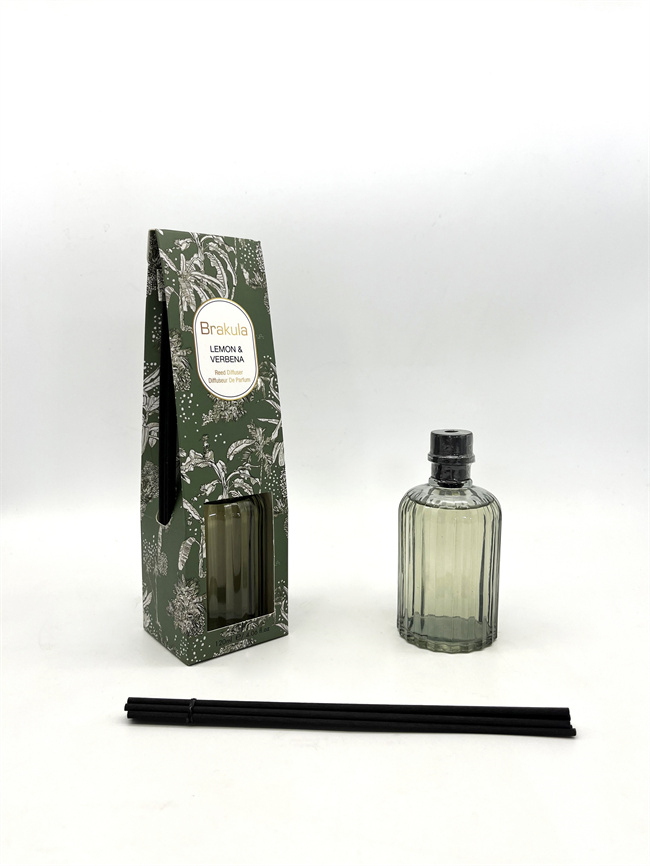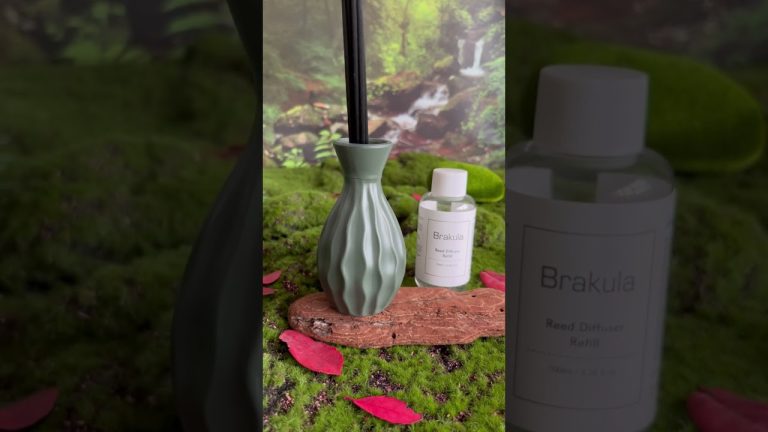Table of Contents
Best Indoor Air Filter for Allergens
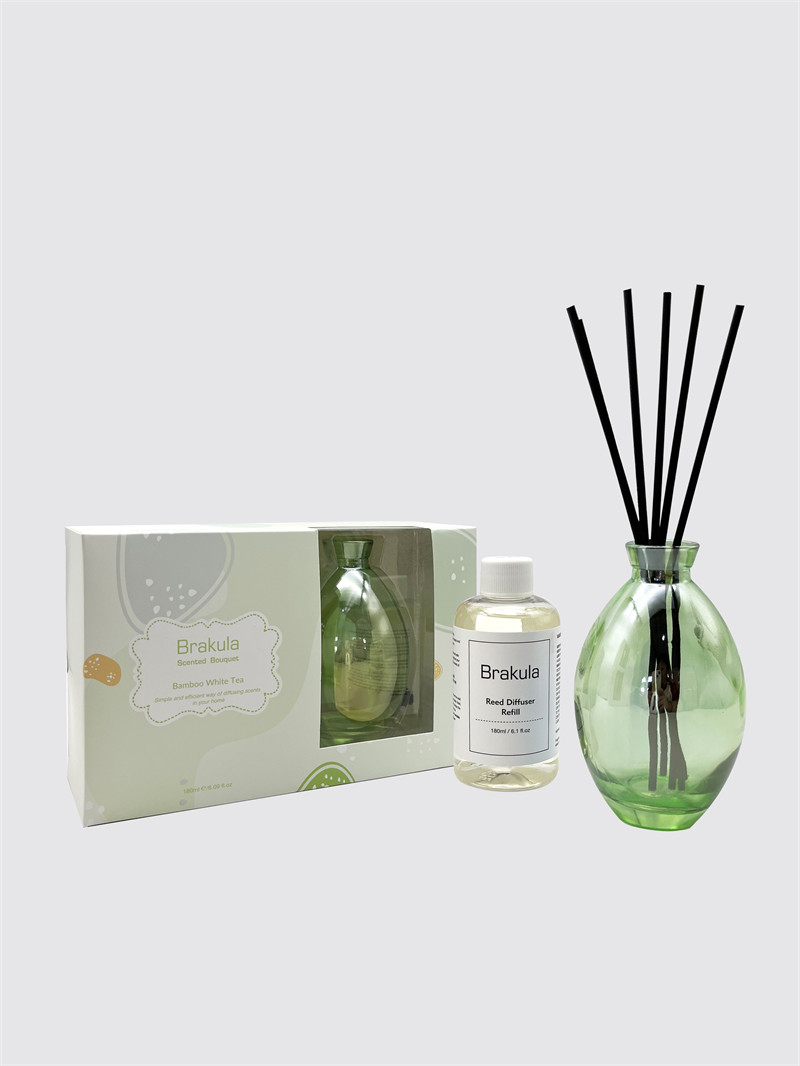
When it comes to choosing the best indoor air filter for allergens, HEPA (High Efficiency Particulate Air) filters are widely regarded as one of the most effective options available. HEPA filters are designed to capture particles as small as 0.3 microns with an efficiency of 99.97%, making them highly effective at removing common allergens such as dust mites, pollen, pet dander, and mold spores from the air.
Another popular choice for combating allergens indoors is the activated carbon air filter. These filters are excellent at trapping odors, chemicals, and volatile organic compounds (VOCs) in addition to allergens. Activated carbon works by adsorbing these contaminants onto its porous surface, resulting in cleaner and fresher indoor air.
For those looking for a more budget-friendly option, electrostatic air filters can be a good alternative. These filters use static electricity to trap particles as small as 0.1 microns, effectively capturing allergens and other airborne pollutants. While not as efficient as HEPA filters, electrostatic air filters can still provide significant relief for allergy sufferers.
Considerations When Choosing an Indoor Air Filter
Before selecting an indoor air filter for allergens, there are several factors to consider to ensure you choose the best option for your needs. The size of the room or area you want to filter plays a crucial role in determining the appropriate filter size and capacity. It’s essential to match the filter’s capabilities with the square footage of the space to achieve optimal air purification.
| Commodity Name | Room Deodorizers |
| Material | Platstic |
| Suitable for | Dressing Room |
| Scents | Cardamom & Nutmeg, Ivory Lily |
| Capacity | 200ml |
| Color | Ivory |
| Origin | China Company |
| Duration | 90-120days |
In addition to room size, it’s important to consider the specific allergens you want to target. Different filters may excel at capturing certain types of allergens, so identifying your primary allergy triggers can help you select a filter that effectively addresses those specific particles. For example, if pet dander is a major concern, opt for a filter with pet-specific features to enhance its efficiency in removing pet-related allergens.
https://reedaromalab.com/tag/cheapest-air-freshener-china-factory
Lastly, maintenance requirements should also factor into your decision-making process. Some filters need regular replacement, while others can be cleaned and reused. Understanding the maintenance needs of the filter you choose can help you plan and budget for ongoing upkeep to ensure its continued effectiveness in reducing allergens in your indoor environment.

